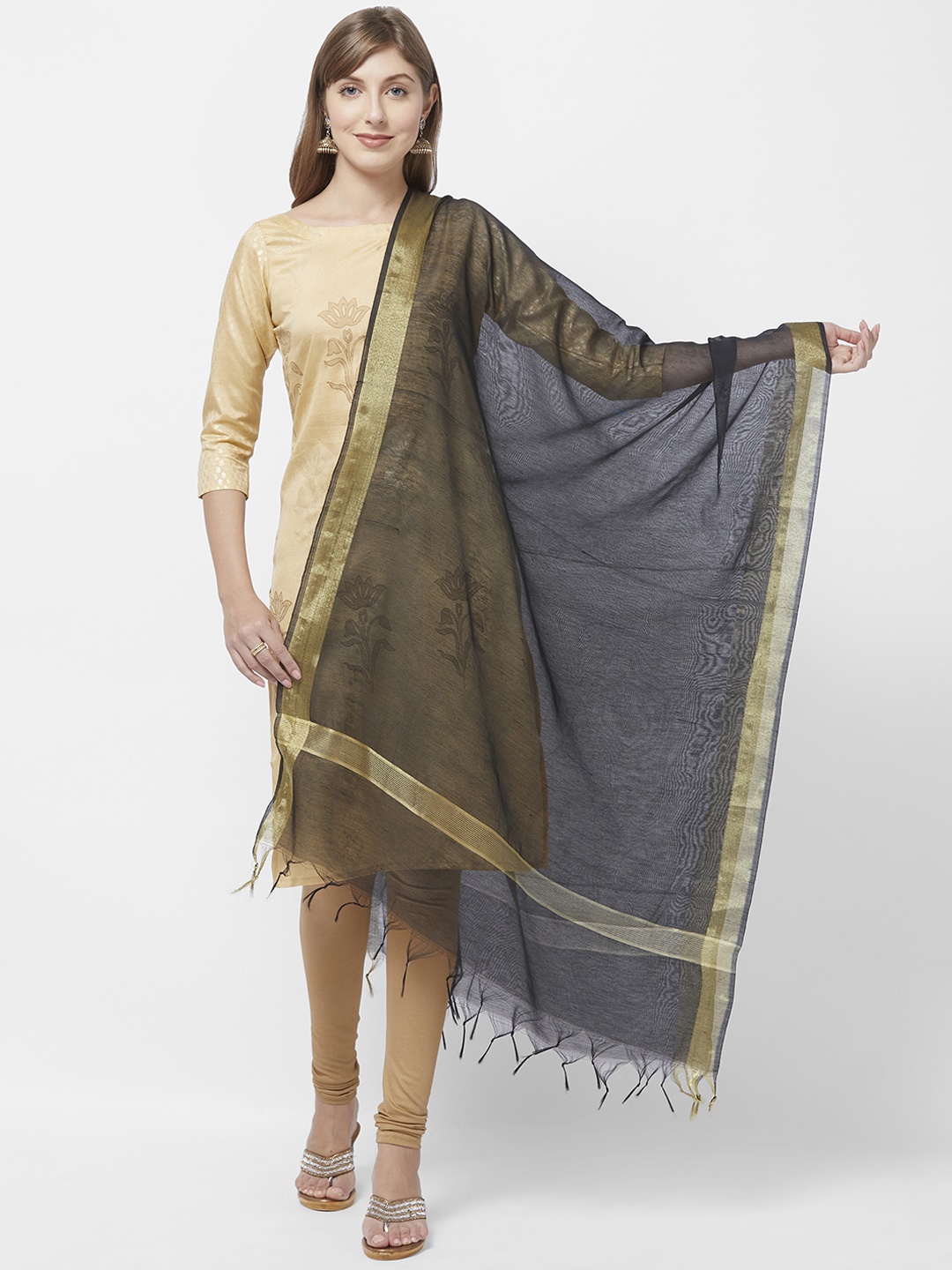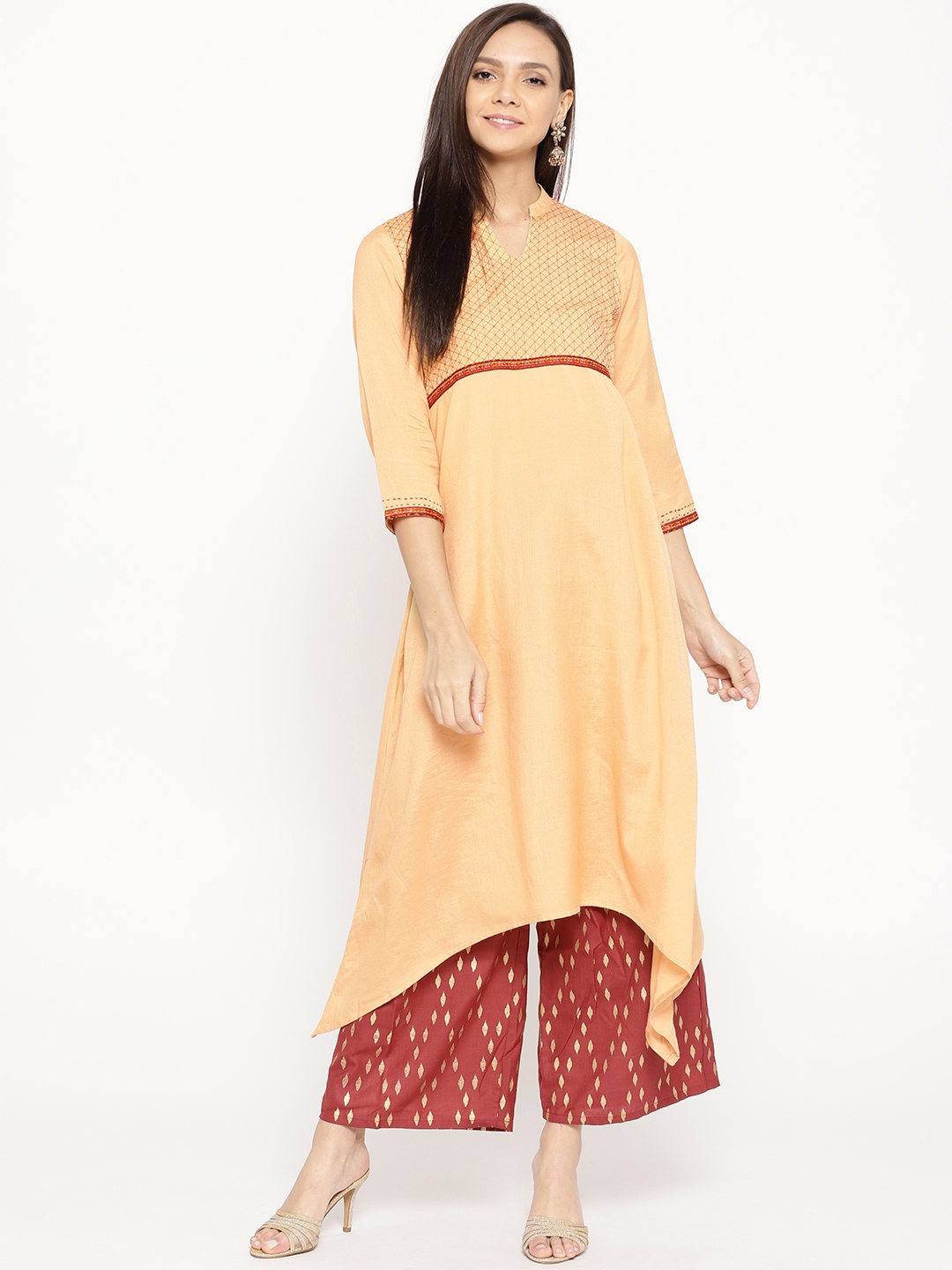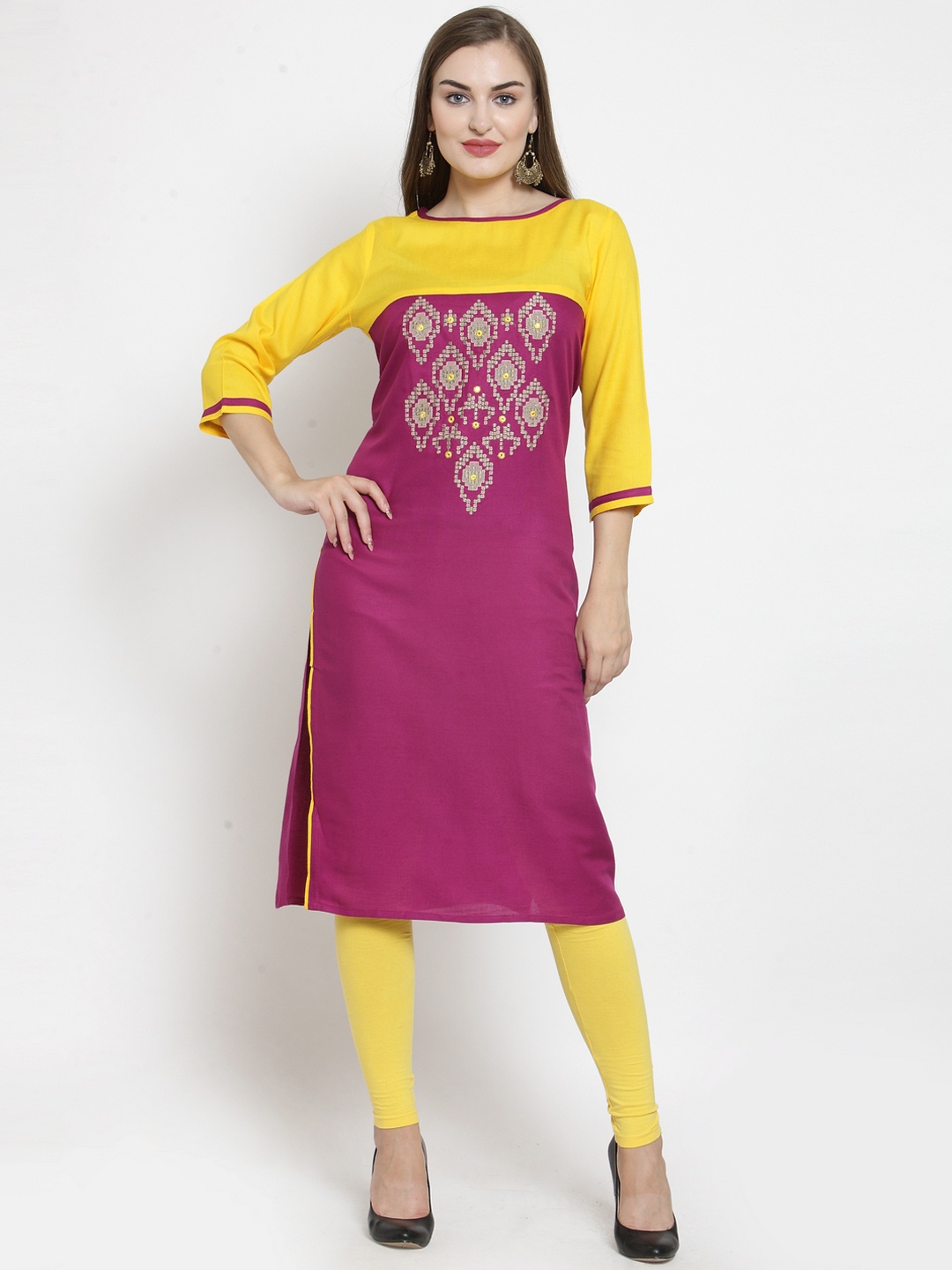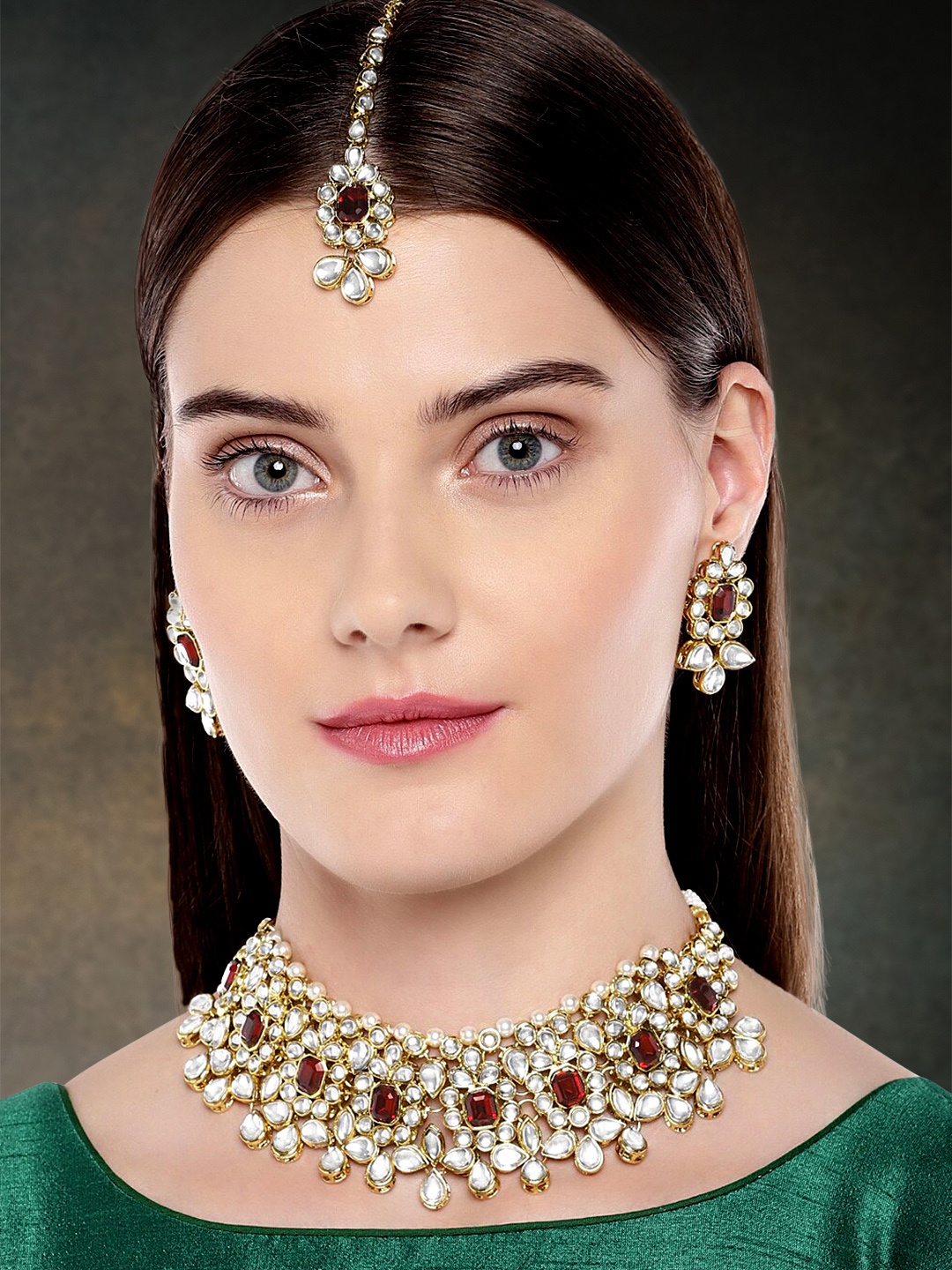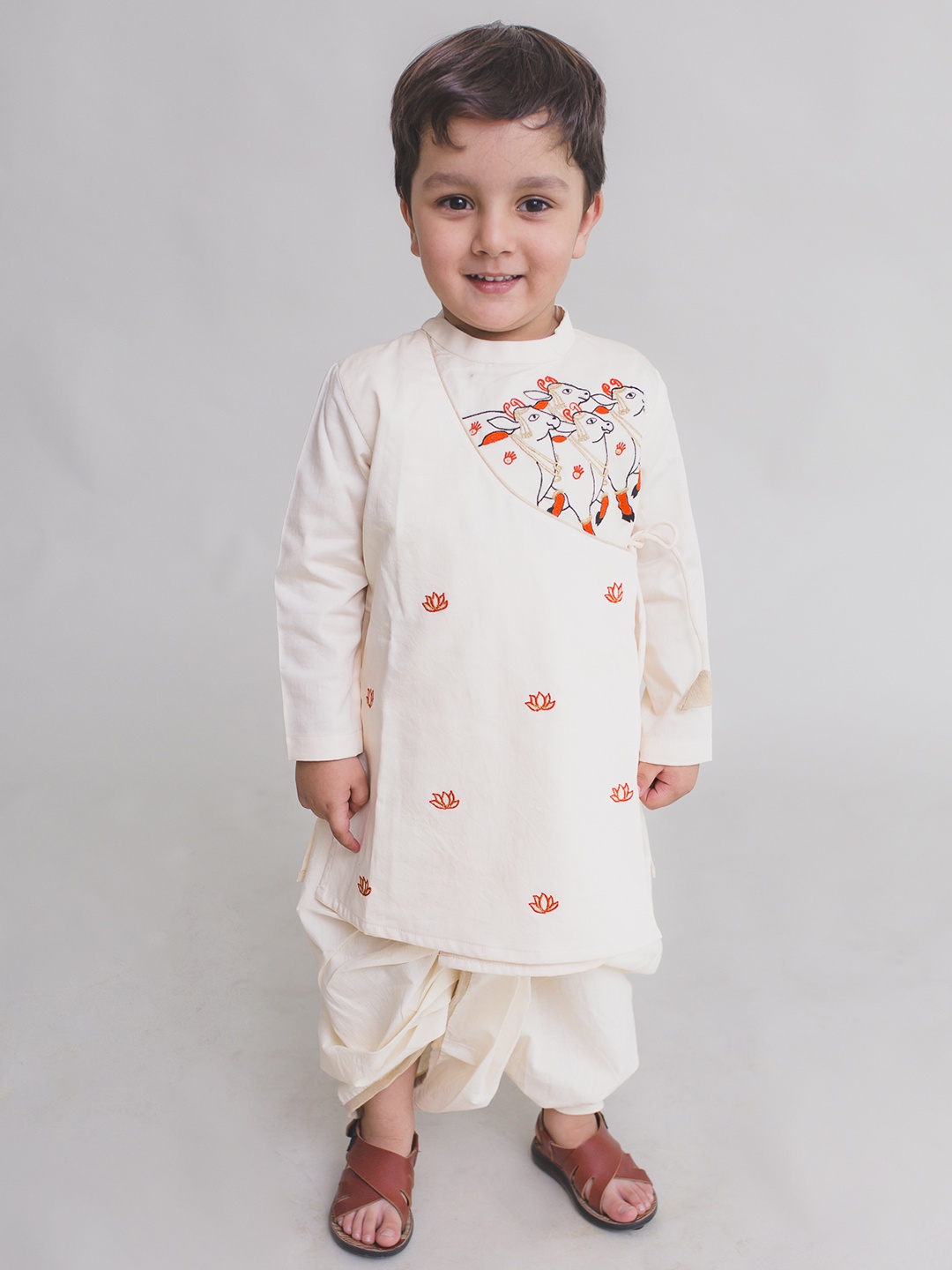What Gen Z Is Buying in 2025: The Return Of Beaded Jewellery And Retro Socks
From Insta reels to flea market finds, Gen Z is bringing back the charm of beaded bracelets and quirky retro socks. But this is not just nostalgia, it is a cultural shift. Welcome to the new era of expressive fashion, not just trends.

Gen Z Is Bringing Back Beaded Jewellery And Retro Socks With A Modern Twist
Once considered throwbacks to the early 2000s or relics from a school craft project, beaded jewellery and retro socks have made a loud, unapologetic comeback. And guess who's leading the revival? Gen Z, the generation born with a phone in one hand and a purpose in the other. This is a crowd that thrives on individuality, supports small creators, and chooses style statements over cookie-cutter trends. As 2025 unfolds, their shopping bags are filled not with luxury tags but with personal flair, brightly beaded necklaces, mismatched socks with cartoon characters, and accessories that feel like a diary entry.
The fashion scene is no longer about what the big brands are pushing; it's about what the heart desires. And right now, hearts seem to beat for handmade trinkets, second-hand socks, and self-expression woven into every purchase. Let's unravel why these choices are not just stylish but also symbolic.

Beaded Jewellery And Retro Socks Define Gen Z Fashion 2025. Dive Into These Charming, Expressive Styles; Photo Credit: Pinterest
1. Fashion With Feeling: Why Gen Z Is Falling for Beads Again
There's something endearingly nostalgic about beads. They remind one of lazy summer afternoons making friendship bracelets or festive school fairs with handmade crafts. For Gen Z, though, the appeal goes deeper. Beads represent more than accessories, they symbolise care, creativity, and conversations. Many of these trinkets are handmade, either by small businesses on Instagram or by Gen Z themselves.
Wearing a beaded bracelet today is like wearing a memory. Some opt for lettered beads to spell out affirmations or inside jokes with friends. Others match them to moods, vibrant colours for joyful days, soft pastels for introspective ones. It's not just jewellery; it's wearable emotion. And with prices ranging from ₹100 to ₹500, they're accessible luxuries. A ₹250 anklet can carry more meaning than a ₹5,000 branded chain. That's the kind of emotional economy Gen Z is creating, one bead at a time.
2. Retro Socks: Not Just For Grandads Anymore
Who would've thought socks would become a fashion flex? Gone are the days when they were hidden beneath trousers or school shoes. In 2025, socks are the star of the show. Especially retro ones, think polka dots, stripes, neon patterns, cartoon characters from 90s shows, or even printed quotes. Paired with sliders or chunky sneakers, they scream confidence.
This shift is partly driven by social media. Influencers showcase their sock game as a reflection of personality, quirky, rebellious, playful. But it's not just about aesthetic appeal. These socks, usually found in local markets or homegrown online stores for ₹150–₹400, are an act of reclaiming style from uniformity. They're often worn mismatched on purpose, turning what once was a wardrobe blunder into a bold statement. And let's not forget the comfort factor, because, yes, style can be soft too.
3. From Mall Chains To Market Lanes: Where They're Shopping
A decade ago, big mall brands were the ultimate shopping destination. Now, it's the opposite. Gen Z is turning to local markets, Instagram thrift stores, and weekend pop-ups. The vibe? Handcrafted, limited, and honest. Places like Sarojini Nagar in Delhi, FC Road in Pune, or Colaba Causeway in Mumbai have become hotspots, not just for bargains, but for stories behind each item.
It's not unusual to find beaded earrings made by a college student funding her degree or socks designed by a duo running a small home business. This change isn't about boycotting big brands; it's about consciously choosing small over mass. It's shopping with heart and giving visibility to voices that don't have giant billboards. In a world obsessed with fast fashion, Gen Z is pressing pause, and that's a revolution in itself.
4. DIY Culture: Crafting As A Form of Self-Love
The ‘do-it-yourself' trend isn't just a Pinterest phase anymore, it's a whole lifestyle for Gen Z. Bead kits are flying off craft store shelves. YouTube tutorials on making chokers or sock-painting ideas rack up thousands of views. But what makes this wave stand out is its emotional core.
Creating something by hand, however small, feels intimate. It's about slowing down, being mindful, and making fashion personal. The rise in DIY has even sparked group activities, bead-and-sip evenings, sock painting dates, or friendship bracelet swaps. These aren't just about crafts; they're about community.
A ₹300 bead kit isn't just a purchase, it's a way to unwind, express, and connect. It's fashion therapy. For a generation that juggles stress, screens, and societal expectations, crafting offers calm. And let's be honest, it's pretty satisfying to reply “I made it myself” when someone compliments your necklace.
5. Sustainability Is No Longer Optional
If there's one value that's stitched into every purchase Gen Z makes, it's sustainability. Fast fashion doesn't sit well with them, not just because it's generic, but because it's harmful. Beaded jewellery made by local artisans or socks reused and upcycled from old fabrics align better with their values.
Brands that ignore ethical practices find themselves called out. Those that celebrate slow fashion, using recycled beads, cruelty-free dyes, and zero-waste packaging, earn loyalty. It's not about being perfect but about being mindful.
Even on college campuses, sustainability clubs and eco-fashion stalls are common now. A stall selling socks made from organic cotton at ₹350 is seen not as expensive, but as ethical. For Gen Z, style is incomplete if it's not kind to the planet.
Also Read: Jewellery Sets For Girls Under ₹800: Top Picks From Carlton To El Regalo Now On Myntra Monsoon Sale
6. Nostalgia Marketing: A Smart Throwback Game
The emotional pull of the 90s and early 2000s is strong, and brands have caught on. Think bracelets with alphabet beads, socks printed with old cartoon characters like Shaktimaan or Chhota Bheem, or colour schemes that look straight out of an early Flipkart ad.
This wave isn't accidental. Marketers have realised that nostalgia sells, and Gen Z, ironically, is hooked on memories they didn't live through but still feel connected to. Whether it's from stories heard from siblings or reruns of old serials, there's comfort in these callbacks. They offer a sense of timelessness, a break from the fast and furious pace of modern life.
It's why a ₹400 pair of socks featuring cassette tapes sells better than a plain black pair. Memory is the new marketing magnet, and it's pulling heartstrings in all the right ways.
7. Influencers As Everyday Style Icons
Forget celebrities. Today's style icons are creators who film from their bedroom mirrors, match socks with oversized kurtas, and caption their posts with song lyrics. These micro-influencers, with 10K to 50K followers, feel more relatable than the stars of yesteryears. Their content doesn't scream, it speaks.
A reel showing how to style retro socks with campus wear or how to make your own beaded phone charm gets hundreds of shares. Why? Because it's real, attainable, and inspiring. Gen Z doesn't want aspiration; they want authenticity.
And brands have noticed. Influencers are being gifted socks, bead kits, and handmade accessories to showcase. But the best ones still buy their own, credit the local artist, and tag small businesses. It's not promotion, it's participation.

Beaded Jewellery And Retro Socks Lead Gen Z's 2025 Fashion Revival; Photo Credit: Pinterest
8. Gender Fluidity and Fashion Freedom
Fashion has shed its labels, and accessories like beaded jewellery and socks are at the forefront of this change. No longer restricted by gender binaries, these items are worn by anyone who likes them. A guy pairing pink beads with a kurta or a girl donning cartoon socks with formal trousers, it's all fair game.
The beauty of these items lies in their universality. A beaded bracelet doesn't care who wears it. Nor do polka-dotted socks. They're about mood, not gender. This shift reflects a larger movement, freedom of expression, without judgement.
In local college fests, fashion walks now proudly feature gender-fluid styling. There's applause, not whispers. And in that small moment, a beaded anklet or funky sock becomes more than a trend, it becomes a statement of courage.
9. Affordability Meets Individuality
Gen Z has cracked the code of looking good without breaking the bank. Beaded necklaces for ₹200, socks at roadside stalls for ₹100, DIY kits for ₹300, these aren't compromises; they're choices. Instead of spending ₹5,000 on a handbag, they'll mix and match affordable items to build a look that feels unique.
This generation values individuality over brand names. What matters is whether an item reflects who they are, not where it's from. A mismatched sock combo might earn more compliments than designer shoes, because it feels genuine, playful, and confident.
In a way, Gen Z is redefining luxury. It's no longer about price tags. It's about how something makes you feel. And if a ₹150 charm bracelet does the trick, that's worth celebrating.
10. The Cultural Resurgence of Handmade
There's an unspoken magic in handmade things. The slightly imperfect knot, the way beads don't align perfectly, the fabric that feels like it was touched by a real person, not a machine. Gen Z is championing this magic. They're bringing back the art of handmade fashion not out of necessity, but love.
Craft fairs are buzzing again. Flea markets that were once seen as old-fashioned are thriving. Even family elders are surprised when their knitting or beading skills suddenly become cool again.
This revival isn't just a trend. It's a cultural shift. One where pride is taken in the local, the handmade, and the authentic. Gen Z is telling the world: what's made with hands speaks louder than what's stamped with a logo.
Products Related To This Article
1. Shine Hub Alloy Gold-plated White Jewel Set
2. Sockscarving Men & Women Self Design Ankle Length, Low Cut
3. Vientiq Alloy Gold-plated Multicolor Jewel Set
4. TalkingSox Men & Women Solid Calf Length
5. CRAFT XPORT Glass Silver Multicolor Jewel Set
6. BHANA CREATIONS Brass Gold-plated Multicolor Jewel Set
7. TRAZO Men Argyle Mid-Calf/Crew
8. MAYANKS Alloy Multicolor Jewel Set
The rise of beaded jewellery and retro socks might seem like a quirky blip in fashion history, but it's anything but. It's a symbol of a generation that chooses meaning over mass production, expression over expectation, and comfort over conformity. In a world rushing towards the next big thing, Gen Z is pausing, looking back, and choosing what feels right.
Their choices are colourful, conscious, and deeply human. And in every bead strung or sock pulled on, there's a quiet rebellion, against sameness, against waste, and against the idea that fashion should ever be impersonal.
So the next time someone flaunts a mismatched sock or a handmade bracelet, don't ask why. Ask where they got it, and get ready for a story that's probably more heartfelt than any shopping haul ever posted online. Shop now on Flipkart.
Disclaimer: The images used in this article are for illustration purpose only. They may not be an exact representation of the products, categories and brands listed in this article.








